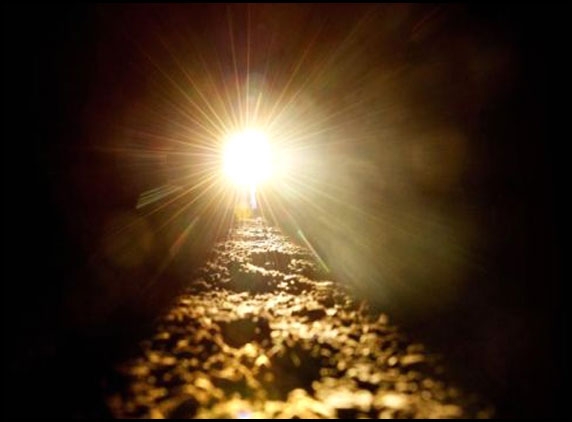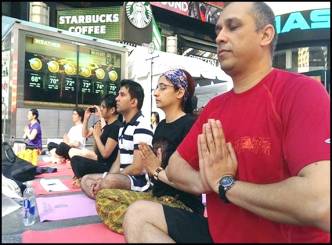
Solstice is the beginning of the longest day or shortest that occurs twice a year. Saturday's Solstice was the longest night and is the end of short days.
The Sun moving South reverses the journey towards North at which time the movement slows down and stands still for a movement just like a vehicle going forward is slowed and stopped before taking a reverse movement.
That is why the moment is called solstice which means ‘Stationary Sun’.
The solstice occurs because the Earth is tipped on its axis 23.5 degrees. The axis is pointing its most away from the sun, brings less light and colder temperatures. That is the winter solstice, the longest night of the year.
The same way Summer Solstice happens on June 21. In the northern hemisphere in the summer, the axis is pointing its most toward the sun on June 21. On that day the most light reaches us and we experience the longest day of the year and warmer temperatures. It is the summer solstice.
Solstice denotes either beginning of a season or the middle point of the seasons. Many traditions observe the solstice as a mythological event and do rituals.
Hindus take it as the start of Uttarayana (journey towards North) and they make Rangavallis (flooral decorations) on Sankranti depicting a chariot of the sun with a long thread and the reverse direction of the chariot on Kanuma festival.
-SriJa















